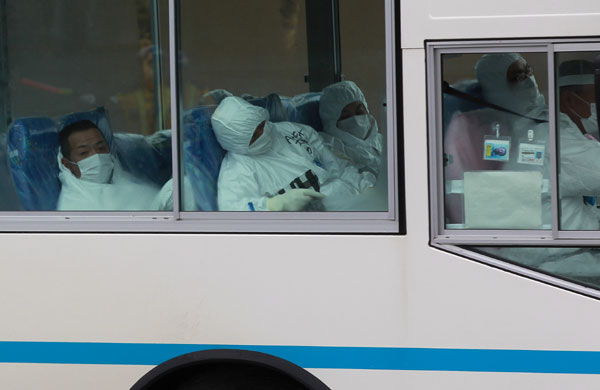| Radiology Room |
| Ultrasound Room |
| Surgery Room |
| Laboratory Room |
| Comprehensive Room |
| Pediatrics Room |
| Dental Room |
| Medical operation instruments |
| Hospital Furniture |
| Medical supplies |
News Center
Fukushima one year later: Looking for hope
People living in the disaster-hit areas along the northeastern coastline of Japan in last March showed the world how to keep hope alive.
It has been one year since 14:46 Japan Standard Time on March 11, 2011. After a 9.0-magnitude earthquake struck the east side of Sendai City, Miyagi Prefecture on the Pacific coast, the resulting tsunami swept the coastal areas and caused major loss of lives and properties.
But local residents facing such adversity have kept their faith and rebuilt their lives while the outside world feared the consequences of radiation leaking from the damaged Fukushima Daiichi Power Plant.
"It is not anyone's fault, so there is no need to blame," says Kuchigawa, a 78-year-old lady who lost all her four houses in the tsunami.
There were two other elderly women along with Kuchigawa and all of them had just come out of a music class, which was established in the Kasetsu Jyutaku, in accomodation built for people moving out of the general evacuation centers.
Temporary housing are built in rows and scattered along the disaster zones. They are small with at least a mini kitchen, a living room and a stand up bathroom. But you can find shops, restaurants and classrooms for various activities.
The Japanese people have been remarkably calm and resilient, especially during such national crises.
|

|
|
Nuclear-plant workers ride home on a bus after an exhausting day on Saturday. Cui Meng |
They are displaying again the same national character after "the worst crisis Japan has faced since the end of World War II".
Akio Ono, president of the Ono Foods Co Ltd in the city of Imaishiki, said he felt fortunate because he was in Tokyo for his daughter's wedding when the tsunami came.
"It would be hard to tell whether I would have survived if I was working in my company at that moment," Ono said, his eyes glistening with tears.
"But I am alive. Therefore, I think there is some god who is leading us to shoulder greater responsibility."
Pierre-Auguste Renoir, the French painter associated with the Impressionist movement said, "The pain passes, but the beauty remains."
The beauty remains and so does the hope.
A pine tree, which is the only one left of the 70,000 pines on the Takata-Matsubara shoreline, became a symbol of hope for people around the world.
"How strong it is!" exclaimed Saetsu Kawata, 72, from Tochigi Prefecture.
He saw the tree after traveling over 300 kilometers from his hometown.
"I think the spirit of rugby - 'one for all, all for one' - is important for life here after the great earthquake," Kanno Toshiaki, the managing director of the Kawamura Foods Company's Iwate Factory told me as he introduced the Chinese trainees at his factory.
Yan Xiaoqing and Chen Anfeng, both 23 years old from the city of Rizhao, Shandong province, said they were frightened when the tsunami was sweeping the coastline.
"The Japanese manager treated us the same as others," the two girls said. They were first sent back to their hometown by the Chinese embassy in Japan, but after seven months they chose to come back because they enjoyed the work here and were encouraged by the local people's determination.
"Don't worry about us," the obviously optimistic girls wanted to tell their families.






